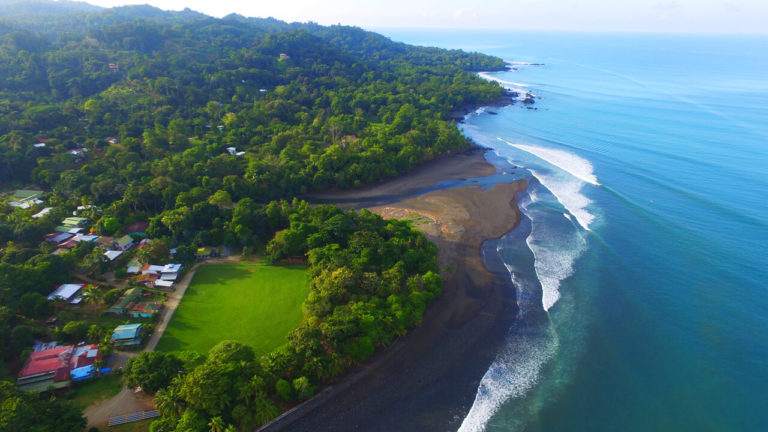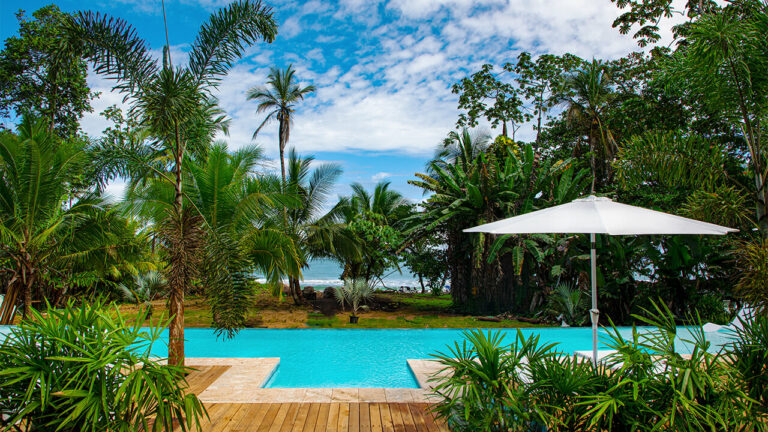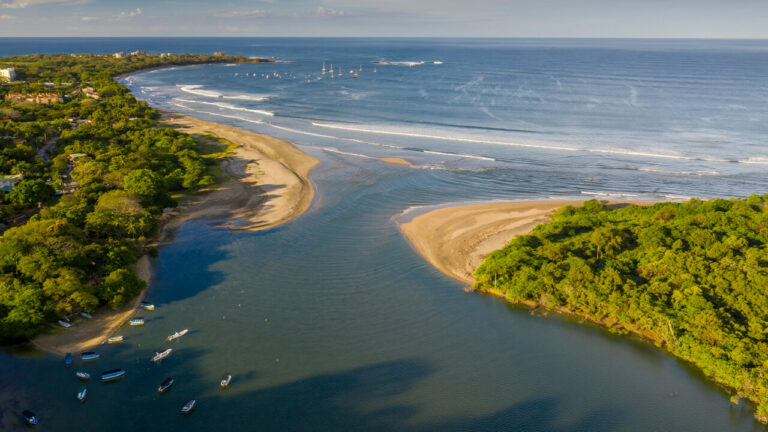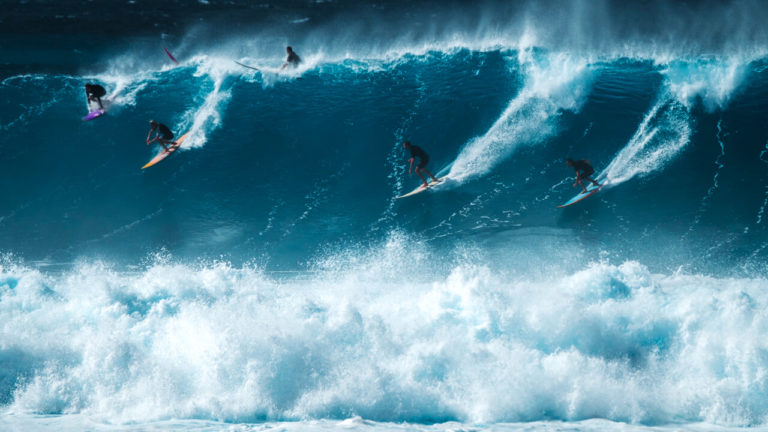The Best Time To Visit Costa Rica: A Guide for Travelers
- June 16, 2023
- Travel Guides
Understanding Costa Rica's Climate
Costa Rica, a country known for its lush rainforests, stunning beaches, and world-class surf breaks, is a year-round destination. However, knowing the nuances of the country’s climate can help plan your visit at the right time. Costa Rica’s tropical location means it primarily experiences two seasons: the dry season, also known as “verano” (summer), from December to April, and the rainy or “invierno” (winter) season from May to November.
During the dry season, days are typically warm and sunny, with temperatures ranging between 70 to 90 degrees Fahrenheit. It’s the most popular time to visit because of the high probability of clear skies and less rainfall. But it also coincides with peak tourist season, meaning popular sites can be crowded, and prices may be higher.
The rainy season is characterized by afternoon showers, with mornings often remaining sunny and bright. It’s a beautiful time to witness Costa Rica’s lush landscapes in full bloom. Also, being off-peak season, you can expect fewer tourists and lower prices. However, heavier rains in September and October might limit outdoor activities.
Surfing Seasons in Costa Rica
Costa Rica’s reputation as a surfing mecca is well deserved, with the country’s Pacific and Caribbean coasts offering consistent waves throughout the year. While you can enjoy surfing in any month, understanding the dynamics of both coasts can help you time your surf trip for optimal conditions.
On the Pacific coast, the dry season (December to April) sees consistent, smaller waves, perfect for beginners. The rainy season, especially between May and August, offers larger swells, favored by more experienced surfers. However, September and October might see more storm activity affecting surf conditions.
The Caribbean coast, on the other hand, sees its prime surf conditions from December to March and then again in July and August, coinciding with Atlantic hurricane swells. This coast is generally less crowded, giving surfers more space in the water.
Pavones is known as one of the best surf spots in Costa Rica and is famous worldwide for having one of the longest left-hand waves on the planet. It can offer a ride up to 1 kilometer long when the conditions align perfectly. Pavones itself is a swell magnet, picking up a lot of south and southwest swells, but it needs a solid swell to truly come to life and produce its famous long rides.
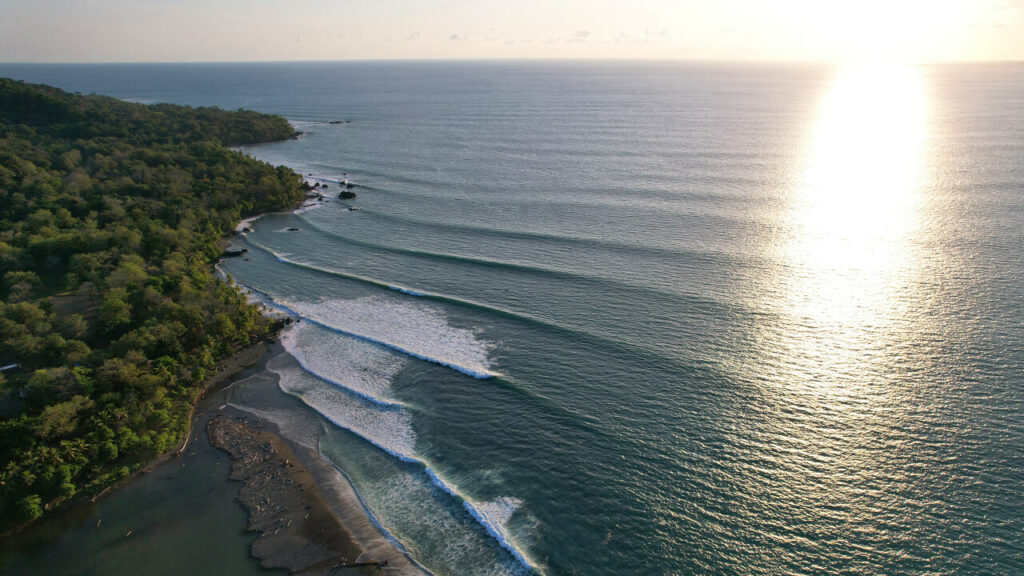
Determining the Best Time to Visit
The “best” time to visit Costa Rica depends on your priorities and interests. If your main goal is surfing, align your visit with the prime surf conditions of the coast you plan to surf. If you’re a beginner, the Pacific coast’s dry season might be ideal, while experienced surfers might prefer the bigger swells of the rainy season.
For general sightseeing, wildlife watching, and hiking, the dry season is a safer bet to avoid rain-interrupted activities. Birdwatchers might find the transitional periods (April-May and November-December) interesting, as many species migrate during these times.
For eco-conscious travelers, visiting during the off-peak rainy season not only means supporting the tourism industry during its quieter months, but also witnessing the rainforest come alive, with rivers flowing freely and the landscape bursting with vibrant, green vegetation.
In conclusion, there’s no wrong time to visit Costa Rica – every season offers its unique charm and opportunities. Whether it’s a surf trip, wildlife excursion, or a leisurely beach vacation, Costa Rica’s doors are open year-round, each visit promising an unforgettable experience.
